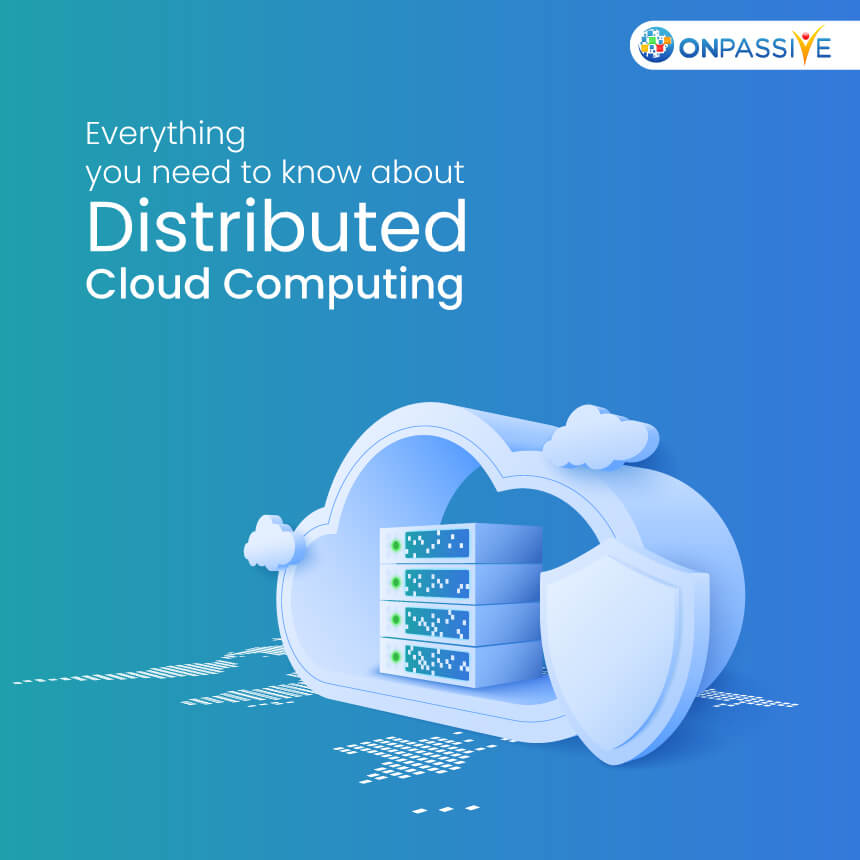All contemporary businesses must process vast volumes of data. Thus modern firms of all sizes must look for solutions to quickly access, securely store, and manage internal and external data.
Many firms and enterprises rely on the cloud for their data requirements. It is hardly surprising that cloud technology will alter as more individuals work remotely and do more business online.
However, the remedies for data management are located in the cloud. Cloud services can reduce expenses by eliminating “physical” servers, speeding up workflows, etc. But they are unable to meet all of the demands of technological advancement.
Inconsistencies in the administration of Internet of Things (IoT) devices and applications that process data in real-time are not eliminated, for instance, by hybrid and multi-cloud solutions. Consequently, the “distributed cloud” is a recent development in IT. Enterprises can move their data into several cloud sites at any time under the distributed cloud system concept.
What Exactly Is a Distributed Cloud?
Businesses rely on traditional data centers and private clouds to meet all of their needs. Naturally, cloud computing technology must adapt to meet the demands of these developments as businesses change.
Businesses can get a digital advantage over their rivals by making these changes, fostering business growth, and lowering IT expenditures. The Internet of Things (IoT), Machine Learning, and Artificial Intelligence (AI) are the primary forces underlying this shift in data storage to the cloud.
The distributed cloud suggests that cloud-delivered services are accessible from the operations’ actual location. It aids businesses in adjusting data with various parameters to a nation, industry, or workflow. For instance, a distributed cloud connects components in particular geographical areas by bringing them together.
It is a complicated system made up of the following:
* Telecommunication, P2P, and Internet networks
* Distributed databases
* Components for scientific computing, among others
The distributed cloud is a platform that aids in bringing corporate data closer to its source, just as edge computing, on which it is based. Businesses gain advantages like lessened network congestion or improved traffic when computing is relocated to the network edge, where users and devices need it.
The fact that location now plays a more prominent role in cloud technology and the integration of the distributed cloud is one of the most significant shifts. A hybrid cloud in the present IT infrastructure combines on-site data centers with public and private clouds.
Importance Of Distributed Cloud For Businesses
Public cloud service providers “distribute” their services to specific and distinct physical locations. Being closer to the people who need low-latency computing capabilities.
This also ensures cloud infrastructure management from public to private clouds and reliable expansion across the two environments. Together, these factors can result in significant performance improvements due to eliminating latency problems and a decreased chance of global network-related failures or control plane flaws.
Regulation compliance and low-latency apps are potential problems with traditional centralized infrastructure. Distributed systems mitigate these drawbacks in cloud computing by adequately allocating the workload to pre-selected servers, typically the ones physically nearest to clients. Soon, augmented reality, virtual reality, and the Internet of Things (IoT) will all be used with data networks.
They typically have low latency and primarily benefit from the distributed cloud’s CDN/caching feature. Distributed cloud computing reduces the overall resource requirements for the central infrastructure and speeds up latency for users that need it by keeping certain computations, data delivery, and storage local. It increases the overall solution’s effectiveness for all users.
Distributed cloud benefits with cloud computing distributed systems include being open for purchase, allowing users to request that some data remain within particular zones or that a specific performance target for latency or throughput is fulfilled. These are discussed between the client and the cloud provider in Service Level Agreements (SLA).
The task of the cloud provider is to keep the specifics of such SLAs’ fulfillment hidden. This could entail planning additional cloud infrastructure for specific locations or effectively collaborating with cloud suppliers who are already established in those countries.
In the coming years, one of the most critical factors in determining the success of an IT solution will be the customer experience. To provide excellent customer service, all would need distributed computing services. Future applications will increasingly focus on mobile, IoT, and AR/VR.
If you now use a cloud computing solution, future-proofing your infrastructure to meet emerging technologies’ problems will aid in expanding your business. Being one of the first to use the benefits of distributed cloud computing puts you ahead of rivals if any cutting-edge technology in the domains of AI, VR/AR, IoT, and other relevant sectors enters the market.
Conclusion
Finally, it should be noted that a distributed cloud’s business advantages are too significant to be disregarded. Therefore modern enterprises carefully examine it. The issues can be resolved with careful planning before the solution is implemented. This approach won’t be abandoned by businesses anytime soon.
The post Distributed cloud computing and its rising importance for businesses appeared first on ONPASSIVE.
http://dlvr.it/Sb0FWr
ONPASSIVE
Subscribe to:
Post Comments (Atom)
O-Connect: ONPASSIVE Webinar/Video Conferencing Platform
Elevate Your Virtual Communications with ONPASSIVE's O-Connect: Experience Unmatched 4K High Quality Video Conferencing Webinar Platform...

-
In the world of social media, influencers are everywhere. They have hundreds or even thousands of followers looking to them for guidance and...
-
Artificial intelligence (AI) is no longer a thing of the future. It’s something that’s happening right now, and it’s changing the landscape ...
-
ONPASSIVE is a digital business solution designed to help entrepreneurs and businesses achieve success in the online world. Its success com...


No comments:
Post a Comment
Note: Only a member of this blog may post a comment.